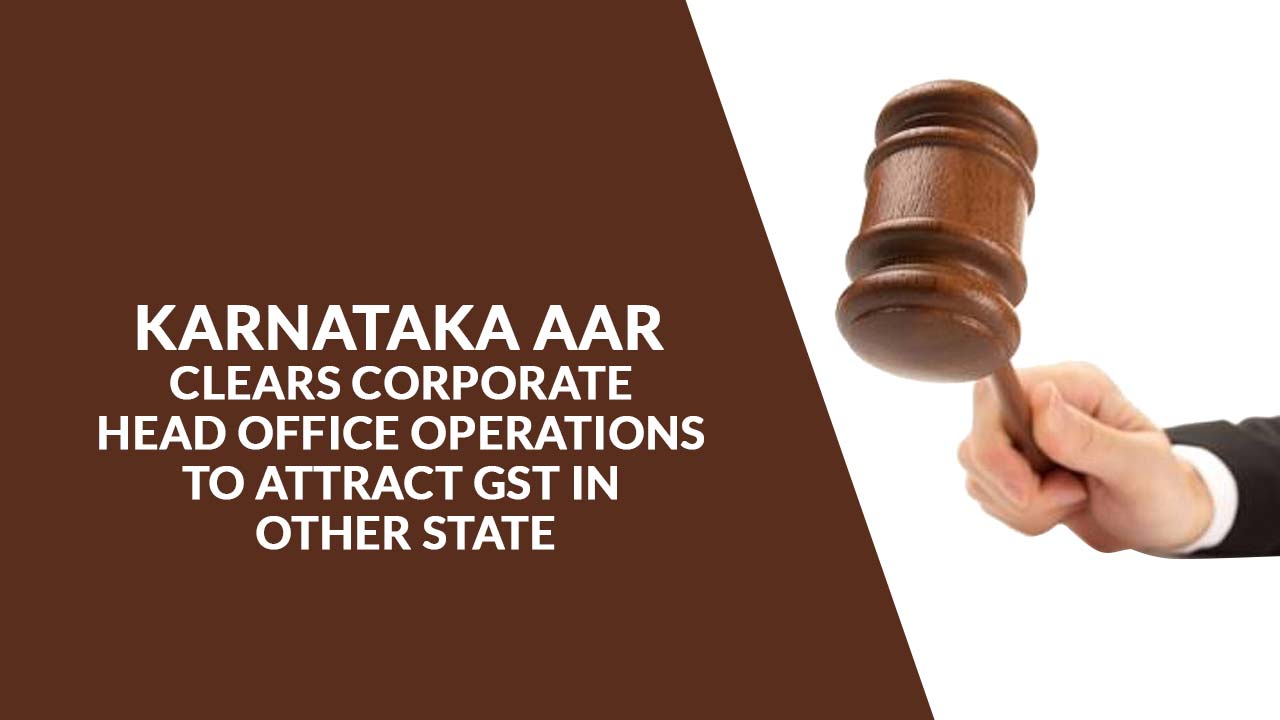A recent order from the Karnataka Authority of Advance Rulings says that services rendered within a company by one office to another which is located in a different state will attract GST. However, these can be later reclaimed by the recipient office as Input Credit. While these will have no financial impact, experts believe that increased compliance will definitely increase the workload for companies with multiple offices across the country.
The Compliance Burden
GST during its initial stages was accused of increasing compliance burden. However, with time, there was a gradual reduction in the number of forms that had to be filled along with various other things. However, this recent ruling stands to increase the rate of increase in GST invoices by a good margin. Say for instance a company there is a major IT company with its headquarter in Bangalore and other branch offices spread across 8 Tier2 and Tier3 cities. Now as per the new ruling, the Bengaluru head office which looks after major company operations like finance, IT and HR functions will have to raise GST invoices against payrolls for employees or new hirings for other branches as well as other important branch specific operations. These activities will be considered as supply.
In organization or entities like Schools and Hospitals which are partially or completely exempt from GST, the GST levied would be an incremental cost.
Read Also: Goods and Services Tax Impact on City Schools in India
The GST Law on Employer-Employee Relationship
The GST law states that the employer-employee relationship is confined within the geographic boundaries of a particular office. It does not apply to branch offices in other states. Head Offices (Corporate Offices) and Branch Offices (other), even if they seem a single legal entity have to separately raise GST invoices for operations pertaining to different state offices. The AAR ruling was against a petition by Bengaluru-based Columbia Asia Hospitals. Entry 2 of Schedule I of the CGST Act considers all activities as supplies.
Further, the AAR Ruling states that in addition to the value of services/goods provided by the corporate office to other branch offices, one also needs to consider the employee cost incurred by the corporate office to run smooth operations as a value under GST.
What Do The Experts Say?
Experts believe that the ruling despite being case case-specific will impact all such similar institutions and organization on large scale. A persuasive impact of the ruling seems imminent.
Some believe that the rulings could trigger a chain of unexpected events in the Industry. Some key points to ponder upon and deserve a better clarification include:
- Businesses dealing in exempt or non-GST supplies may need to include Notional Head Office employees costs as the valuation of supply would include all costs, including the employee cost
- Exempted Companies may not be able to claim Input credit on GST invoices raised against services offered by Head Offices like accounting, IT, and human resource. These also include sectors like healthcare, petroleum and education.
- Experts also suggest that the Government must exclude employee’s salary/cost while evaluating the value of supply given by one head office to other branches. Exceptions must be defined before charging inter-office activities as a service under GST norms.
How will the Inter-office Services be Valued?
Another grey area of concern is that cross-charge expenses between same entities are incurred with no markup. There are no set rules for valuing cross charge expenses and respective markups. Hence, a proper process for the evaluation of the service between two different yet singular entities is the top need of the hour.










